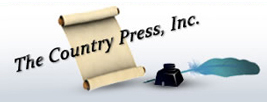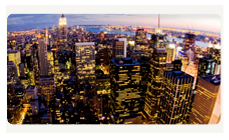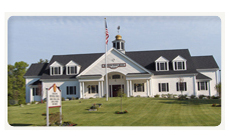When you want book reviewers to give their opinions, promote a book prior to printing it, or need to sell the book with distributors, use Bound Galleys.
Bound galleys are pre-publication versions of upcoming books to be published. Their cover may not be generally the cover of the book to be published. However, they contain the important information used in marketing the book to reviewers or distributors.
Though still in the review stage, bound galleys are already printed, perfect bound books, and are often not the same in size with the final finished edition. They are often termed as uncorrected page proofs or advance reader copies, printed using specially designed printing presses. Their designs are distinctive enough to readily distinguish them from a finished version or production copy of the book.
Pre-publication book printing in Boston, MA provides a means for book reviewers and editors to read and evaluate a reading material. Chosen comments and remarks from experts that book enthusiasts recognize are often printed on the back of the production copy of the book after it has been reviewed, making it more likely to be sold.
Bound galleys help the production copies of certain books to land on the shelves of the important independent bookstores and and best book chains. They can be an author's ticket to interviews and feature stories. They also assist publishers in marketing, promotional, and sales activities. Book buyers and distributors use them to get shelf space and sell books. Bound galleys are a cost-efficient sales motivator, effectively stimulating wholesalers' orders and public requests for bound book versions.
Today, authors and publishers go to The Country Press for all their printing and publishing needs such as Bound Galleys. Here is where the design, development, and dissemination of printed and published materials happen.




